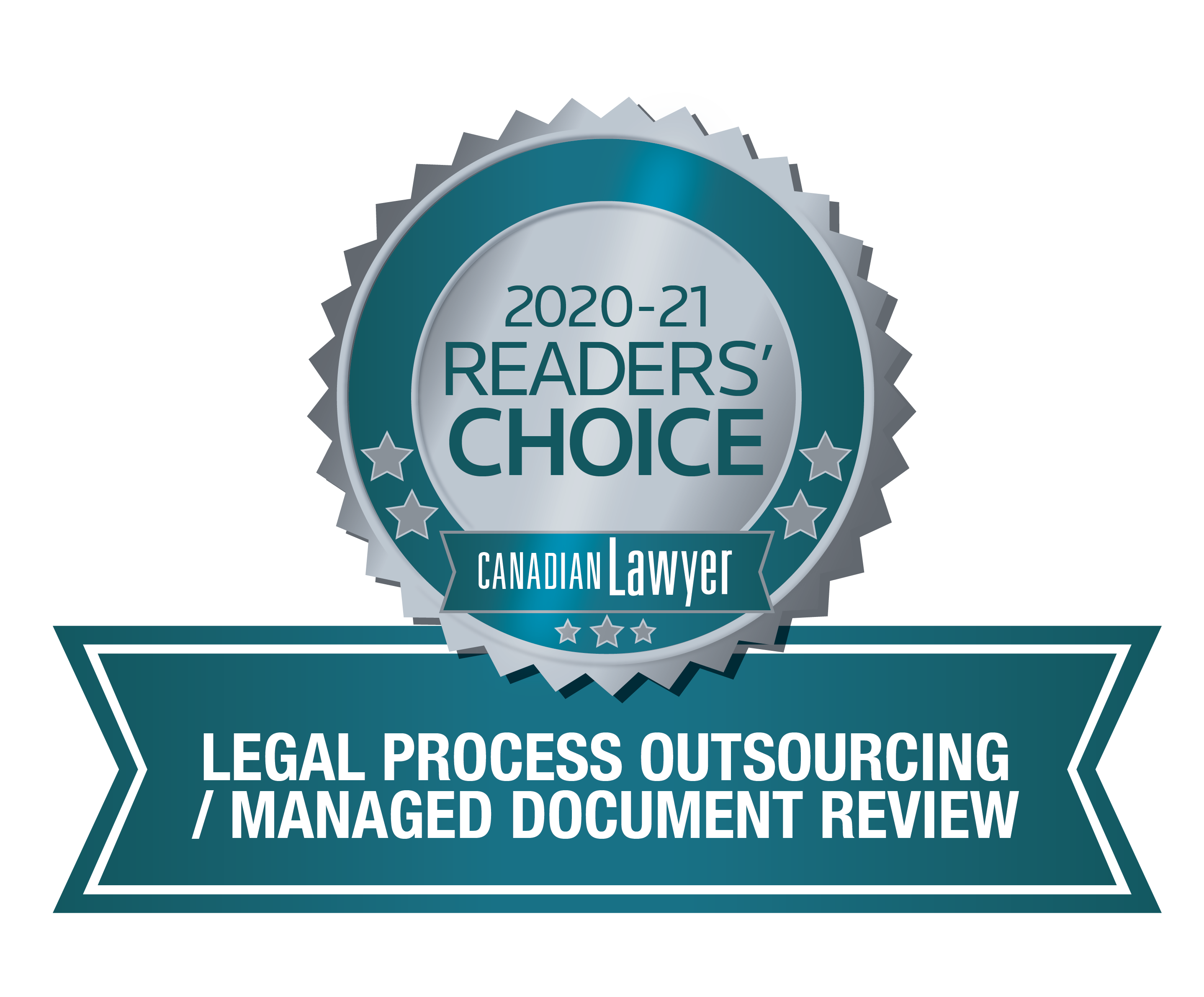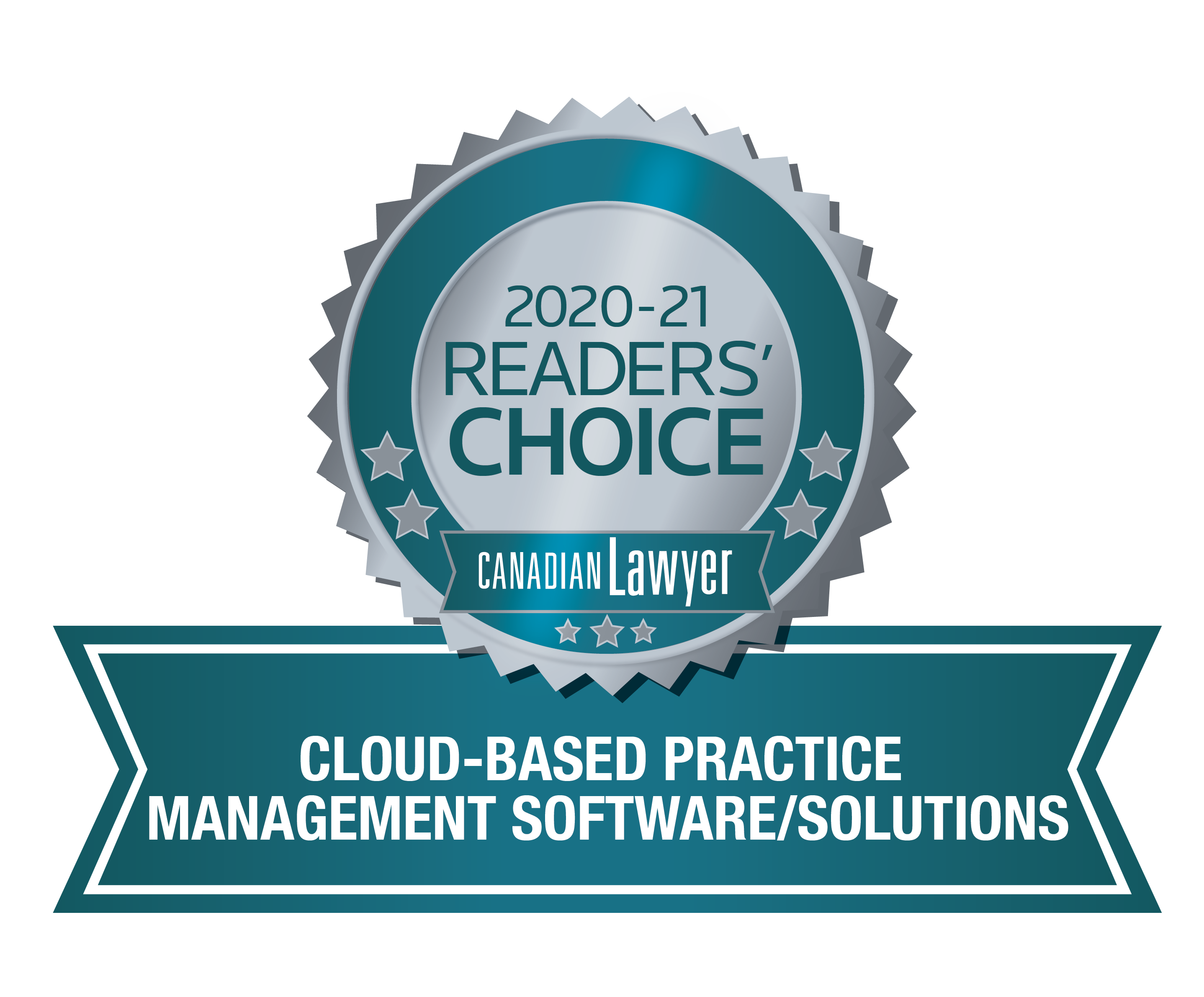
What data is your organization holding on to, where is it being stored and who has access? Those were the key questions the panel of legal tech pros investigated in our recent sponsored webinar with the Canadian Legal Innovation Forum on Managing Data and Organizational Risk.
Earlier this week, Peter Carayiannis, President of Conduit Law, moderated the hour-long webinar which explored how organizations (and the lawyers working along side them) are defining, determining and implementing effective risk mitigation strategies when it comes to data.
Here's what each panelist had to say:
 |
"There are three key ways to manage your data. One, define what your highest level of concern is. Certainly, that’s in managing your personally identifiable information. Two, identify where the data is, what you’re doing with it and how you’re storing it. To do that, you’ll have to survey your internal business units. The last one is to look at how you’re accessing that data. Often, organizations have a pretty good oversight of who gets in to databases, but who continues to access them after that, we have less control over. It's important to create a robust access management plan." —Mark Le Blanc, General Counsel, TVO |
|
|
"The last thing you want to do is have a breach of some sort and not know what the protocols are. We always advise our clients to have breach protocols in place and to test those protocols to make sure there aren’t any gaps on a regular basis … Regular staff training mitigates any potential breach. If ever something were to happen, having training for the staff will really help not make things worse." — Anna Pennino, Lawyer, Inter Alia Law |
|
|
"I highly recommend putting a destruction date on old emails and inboxes. Migrate them. Put the information into a system you can track, follow and secure, and [get it] out of your email. Office 365 is one of the biggest targets for bad guys." — Ryan Berger, Partner, Lawson Lundell |
 |
"The amount of data organizations have is growing exponentially — they're often holding on to far more than what’s needed. The more data that's involved, the more expensive and time-consuming litigation becomes. And, the majority of litigation costs come from the processing and reviewing of relevant documents. Holding on to old, irrelevant or duplicated files can cost an organization a lot of money. Most heavy lifting and added expenses can be avoided by analyzing and managing your data from the onset." — Natasha Doucas, Business Development Executive, Ricoh Canada |
To view the recorded session on-demand, click here.
You may also be interested in...
.png?width=245&name=Data%20management%20plan%20preview%20image%20%20(2).png)
Why You Need to Implement a Data Strategy Now
A data strategy is a framework for how your organization acquires, stores, manages, shares and uses its data. It is the building block to comprehensively support data and risk management across an organization. Learn why you need to implement one in this recent blog.

Data Mapping: Building the Bedrock eBook Now Available
By 2022, it's predicted that 93% of all data will be unstructured. Without managing your data repository, you're at risk of carrying high quantities of ROT data which can leave you vulnerable to security breaches, high IT costs and wasted time. Our latest eBook shares everything you need to know to begin mapping, cleaning, classifying and migrating your dark data successfully.










